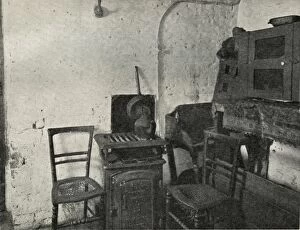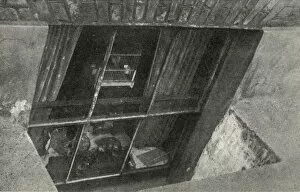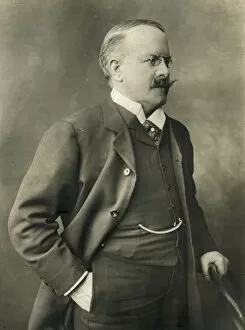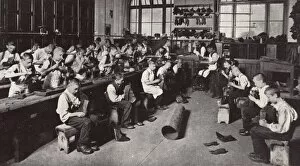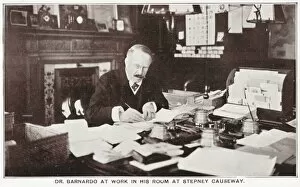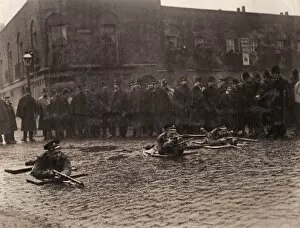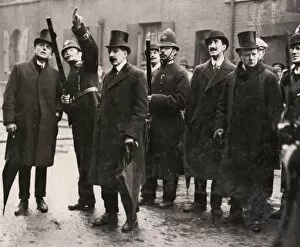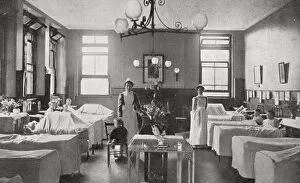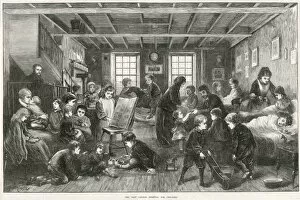Stepney Collection (#8)
Stepney, a historic district in East London, is a place steeped in rich tales and significant events
For sale as Licensed Images
Choose your image, Select your licence and Download the media
Stepney, a historic district in East London, is a place steeped in rich tales and significant events. From the infamous Sidney Street Siege to the iconic Winston Churchill's involvement, this neighborhood has witnessed it all. In 1911, the Sidney Street Siege unfolded on these very streets. Winston Churchill himself was present at this dramatic standoff between armed criminals and law enforcement. The echoes of that fateful day still resonate through Stepney's alleys. London arms and seals adorn buildings throughout Stepney, showcasing its connection to the city's history and heritage. Take a stroll down Narrow Street, Limehouse circa 1905 - an artist captured The Harbour Masters office at number 74 with meticulous detail. St Dunstans stands as a testament to faith in Stepney. This beautiful church has been a spiritual sanctuary for generations of residents who have sought solace within its walls. The Stepney Union Workhouse tells another story altogether - one of hardship and struggle during times gone by. It serves as a reminder of the challenges faced by those less fortunate in society. Frederick Leverton Harris, immortalized in Vanity Fair as "Spy, " hailed from Stepney. His legacy lives on through his artistic contributions that continue to inspire others today. Swedenborg Square bears witness to tragedy with its collapsed house - an eerie reminder of nature's power over man-made structures. Yet amidst destruction lies resilience; Stepney rebuilds itself time and again. Step inside Holy Trinity Church for an awe-inspiring experience; its interior exudes grandeur and tranquility simultaneously—a true haven for worshipers seeking solace or inspiration within these hallowed halls. Stepneians were not confined solely within their district; they ventured outwards too. People from this vibrant community traveled far beyond East London to engage in hop picking adventures in Kent—creating memories that would last lifetimes. Policemen standing guard outside houses on Sidney Street symbolize both protection and vigilance.

